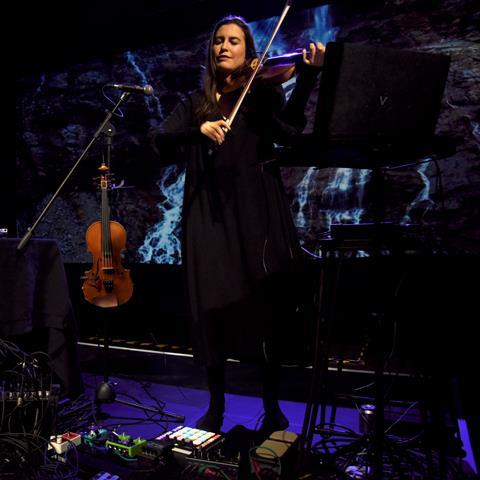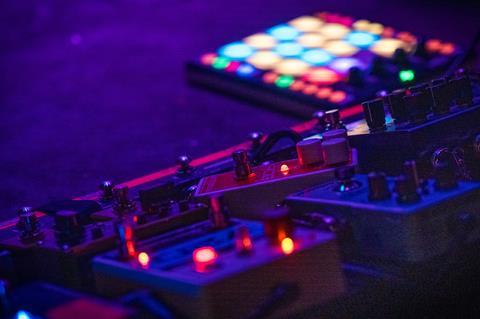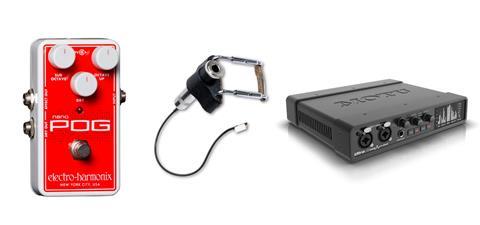In our Accessories 2024 supplement, the Swiss violinist, vocalist and composer shares her go-to tech accessories

Discover more Featured Stories like this in The Strad Playing Hub
My number one accessory is my DPA condenser mic (dpamicrophones.com). I place it over the bridge on the violin or my octave viola and use it for both my voice and instrument. I find it reproduces the most natural sound of any microphone I’ve tried. I often play in slightly louder environments, so I also use a Fishman V-200 (fishman.com) pickup inside the bridge, which converts the vibrations to sound.

The second most important thing is my laptop. I use Ableton (ableton.com) to mix different parts, electronics and my live instrument, before sending it to the venue’s sound engineer. That way they receive balanced outputs and I have total control of monitoring the whole concert with headphones. Inside Ableton I use their loop function to loop my live violin and vocals throughout the gig. I activate Ableton’s different parameters and functions with a small midi foot pedal. This is a PreSonus ATOM controller (presonus.com), which is originally only intended for use with hands. I somehow have become accustomed to using it with my bare feet and several reviewers have remarked on my ‘dexterous toes’. If you’re thinking of buying one, I’d say stick to a foot pedal! I also use a second laptop for visuals, which is connected by ethernet cable to my first laptop, giving me full control and syncing audio and videos in real time.

The soundcard I use is the MOTU UltraLite-mk5 (motu.com), a very compact and great piece of kit for the road with as many as eight outputs. This allows for greater flexibility when sending audio to the sound desk during the performance and lets the sound engineer do a great job of mixing the sound in the space.
Last but not least: my pedals. They do all sorts of things, from delay, to harmonising, to distortion or just adding simple reverb. The first pedal I ever bought was an octave pedal, the Electro-Harmonix Nano POG (ehx.com). It’s a brilliant piece of kit and adds a very natural-sounding octave to the violin, when I want to sound like a cello or a bass. My most recent purchase is the Strymon Timeline (strymon.net), an absolute gem of a delay pedal with many customisable settings, from syncing the BPM of the piece to the length, amount of repetitions and the way the sound is processed.
Subscribers to The Strad receive the 2024 Accessories supplement free with their copy of the June 2024 issue
Watch: Violeta Vicci improvises on an octave viola
Read: Violeta Vicci: Mirror Images
Discover more Featured Stories like this in The Strad Playing Hub
The number one source for playing and teaching books, guides, CDs, calendars and back issues of the magazine.
In The Best of Technique you’ll discover the top playing tips of the world’s leading string players and teachers. It’s packed full of exercises for students, plus examples from the standard repertoire to show you how to integrate the technique into your playing.
The Strad’s Masterclass series brings together the finest string players with some of the greatest string works ever written. Always one of our most popular sections, Masterclass has been an invaluable aid to aspiring soloists, chamber musicians and string teachers since the 1990s.
American collector David L. Fulton amassed one of the 20th century’s finest collections of stringed instruments. This year’s calendar pays tribute to some of these priceless treasures, including Yehudi Menuhin’s celebrated ‘Lord Wilton’ Guarneri, the Carlo Bergonzi once played by Fritz Kreisler, and four instruments by Antonio Stradivari.













































1 Readers' comment